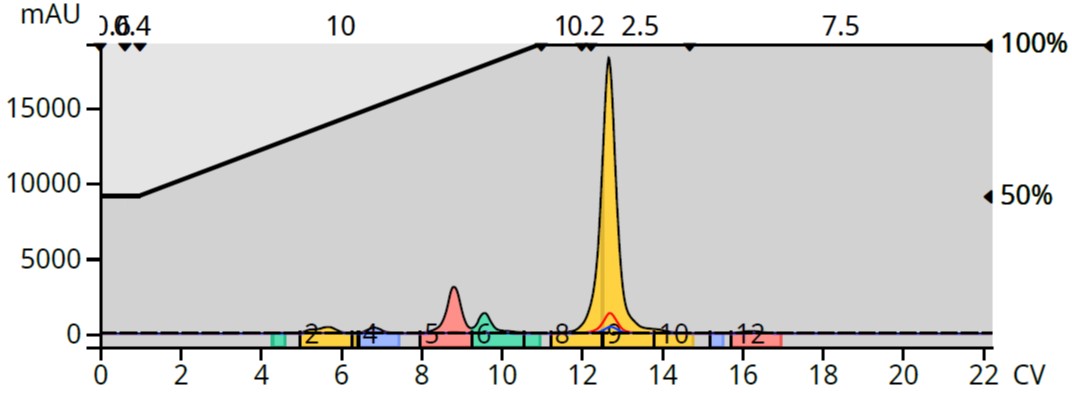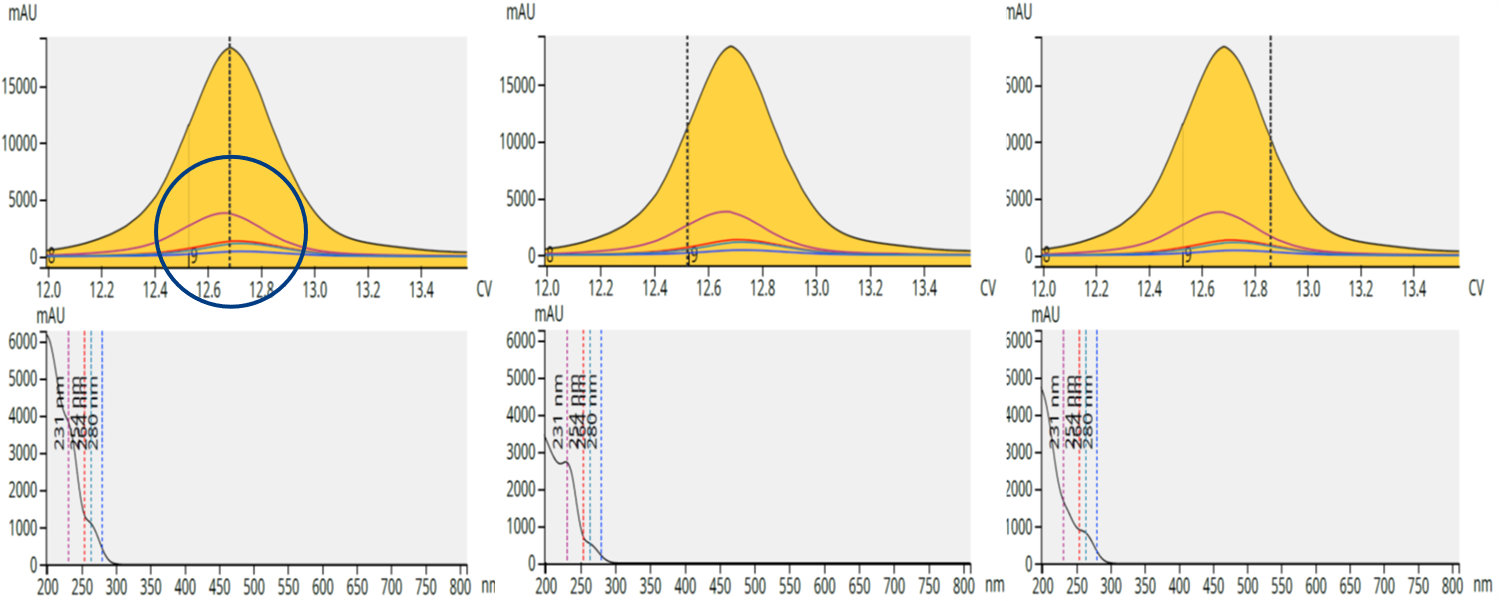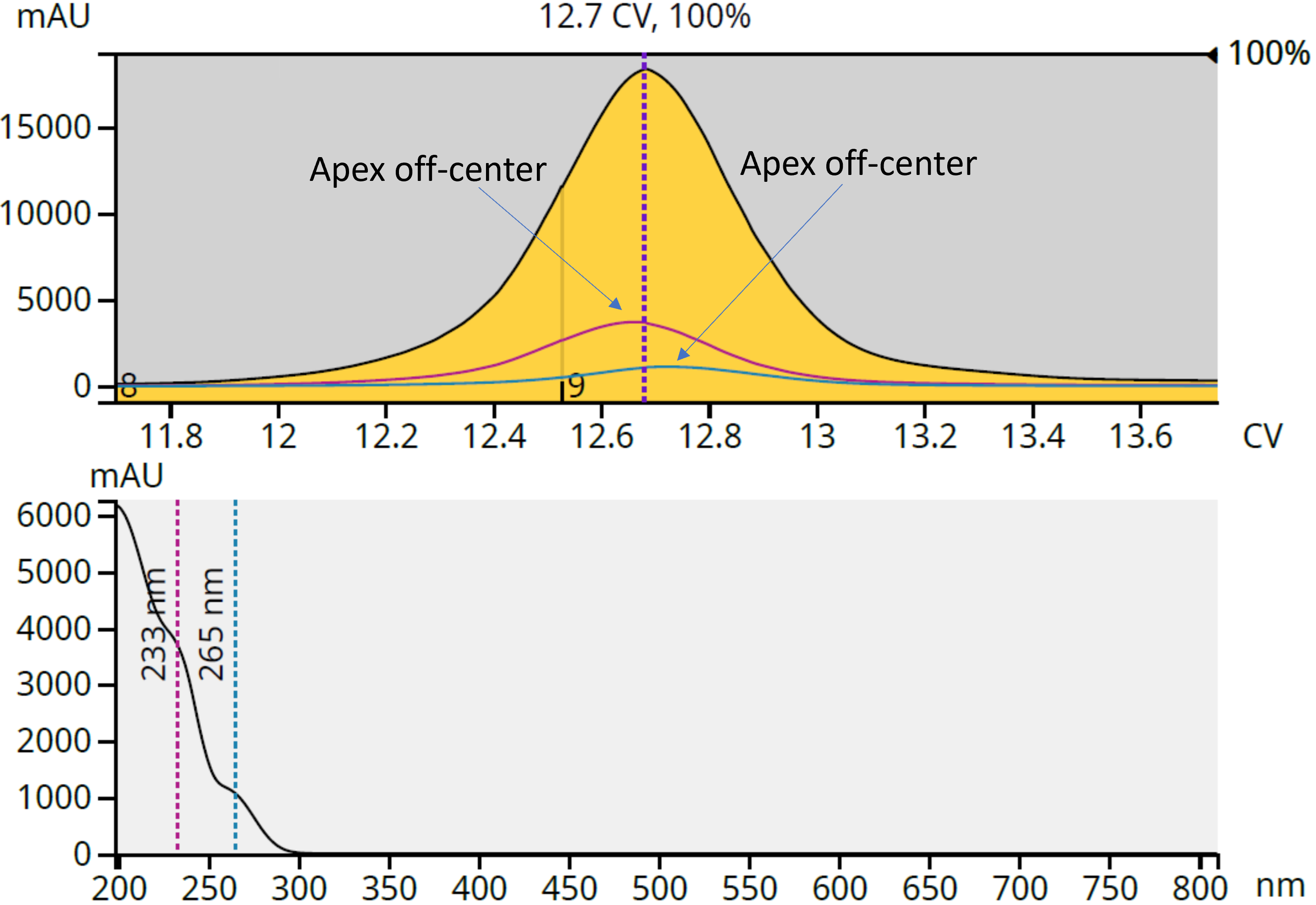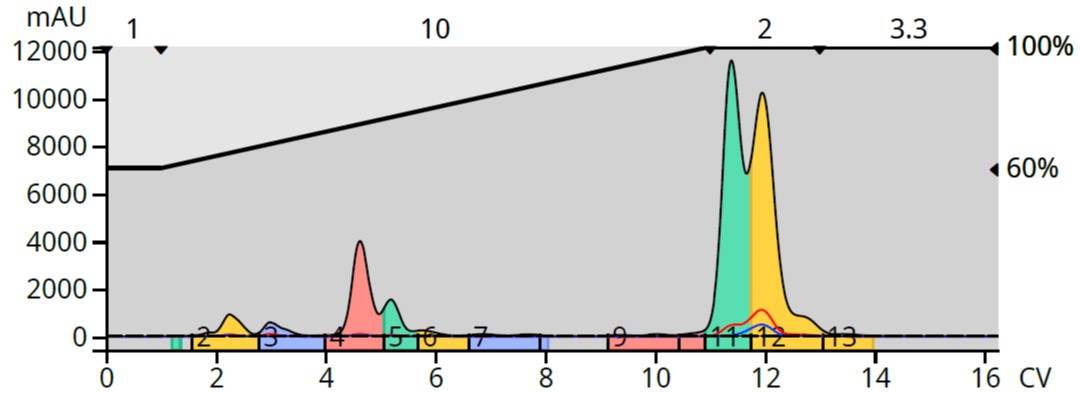Jul 27, 2023 3:00:00 PM
How to effectively use your flash system's diode-array detector
By Bob Bickler

Virtually all automated flash chromatography systems today contain a diode-array UV or UV-vis detector (DAD). This type of UV detector offers multiple benefits over monochromatic UV detectors including…
- 1. The ability to detect compounds over a wavelength range (since no compound absorbs at a single wavelength)
- 2. Increased detection sensitivity
- 3. Detect more compounds
Some flash chromatography systems, such as the Biotage® Selekt, use a scanning DAD which can not only detect compounds over a specified wavelength range but provide an ultraviolet spectrum for each detected compound. This data can be extremely helpful in determining the purity of each detected compound.
Take, for example, the flash purification of a botanical extract known as Ylang-Ylang III. This fragrant flower oil contains several terpenes including mono- and sesquiterpenes, most of which absorb UV light but at various wavelengths.
Reversed-phase flash chromatography of this natural product using a water/methanol gradient with a scanning DAD revealed one very large peak among many smaller peaks, Figure 1.
 Figure 1. Reversed phase flash chromatography of Ylang Ylang III using a water/methanol gradient with a scanning DAD set to scan between 200 and 400 nm.
Figure 1. Reversed phase flash chromatography of Ylang Ylang III using a water/methanol gradient with a scanning DAD set to scan between 200 and 400 nm.
However, analysis of the peak’s UV spectra revealed the major peak was not pure. How was this determined? Well, when the peak is expanded and manually scanned using a finger, the peak’s spectrum changes with the front of the peak showing a different UV spectrum than the middle and back of the peak, Figure 2.
 Figure 2. UV spectral analysis of the major peak showed different absorption wavelengths in the front, middle and end of the peak indicating the peak contains at least two compounds.
Figure 2. UV spectral analysis of the major peak showed different absorption wavelengths in the front, middle and end of the peak indicating the peak contains at least two compounds.
Flash systems such as the Biotage® Selekt also provide the capability of determining the UV maxima of a peak. When the two adjustable UV wavelengths are set at the peak’s front and back, their apexes, 233 nm and 265 nm, resp., did not align with the main peak’s apex also indicating the peak was impure, Figure 3.
 Figure 3. Spectral analysis showed two, unaligned UV maxima under the primary product peak, another indicator of peak impurity.
Figure 3. Spectral analysis showed two, unaligned UV maxima under the primary product peak, another indicator of peak impurity.
So, to achieve a separation I needed to change the method's selectivity, so the method solvents were changed to water/acetonitrile from water/methanol. The solvent change provided a partial separation of the major sesquiterpenes, Figure 4.
 Figure 4. Ylang Ylang III purification using a water acetonitrile/water gradient provided a partial separation of the major peak's two sequiterpenes.
Figure 4. Ylang Ylang III purification using a water acetonitrile/water gradient provided a partial separation of the major peak's two sequiterpenes.
So, what this data shows is without the scanning DAD feature, the isolated peak from the water/methanol purification would not have been determined to be impure until later during analytical purity analysis. With the scanning DAD capability, the co-elution was discovered early prompting a change in elution solvents and a much-improved purification method.
Published: Jul 27, 2023 3:00:00 PM

